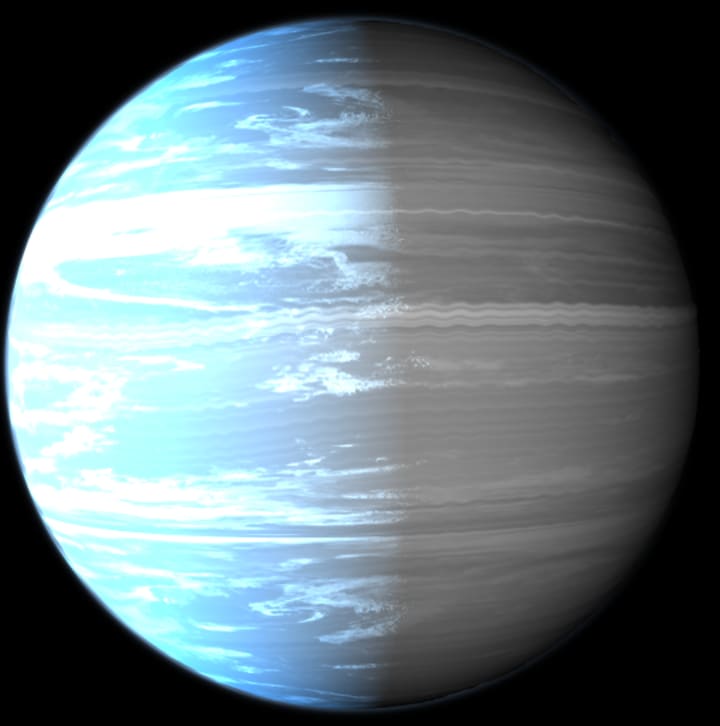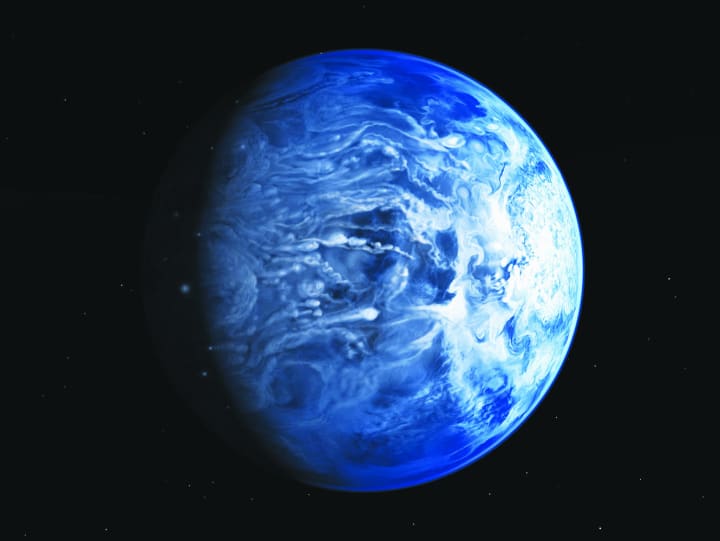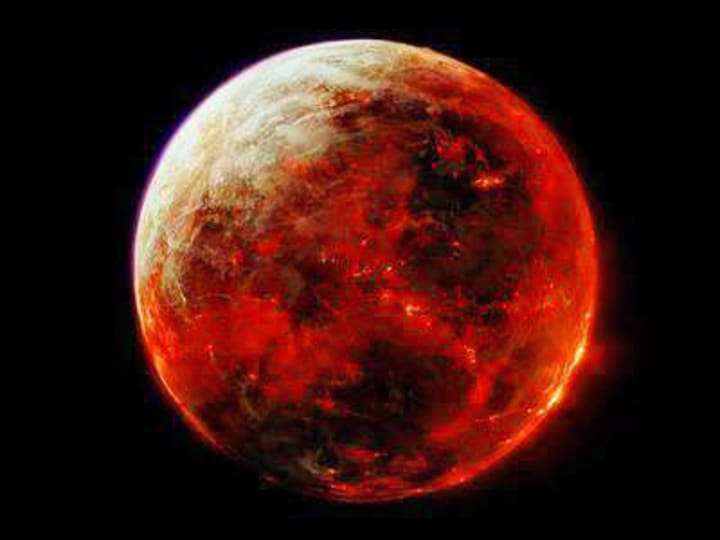
If you are looking for scariest exoplanets in universe, then this blog is the right place for you. Below article gives the most detailed and updated information on exoplanets. It will surely help you get a complete knowledge about such scary exoplanets.
1. WASP - 76B

WASP-76b is a hot Jupiter that orbits its star in less than four days. It's the hottest planet ever discovered, and it bakes at a scorching 500 degrees Celsius, or 932 degrees Fahrenheit.
The planet was first spotted by NASA's Spitzer Space Telescope in 2009 and has been observed ever since. It's about 30 percent larger than Jupiter but weighs 10 times as much because it is so hot.
Some astronomers think WASP-76b could have a water-rich atmosphere like those of Saturn's moon Enceladus or Jupiter's moon Europa. If that were true, it would be the first time we've seen evidence of an ocean on an exoplanet — which would make it even more exciting to scientists who study life beyond our solar system.
2. HD 189733B

HD 189733B is the first exoplanet discovered around a red dwarf star, and it's one of the scariest places in the universe.
The planet orbits its star so closely that it may be tidally locked, meaning that one side of the planet is always facing its star, while the other side always faces away. This could mean that HD 189733B has a surface temperature of over 1,100 degrees Fahrenheit (650 degrees Celsius), making it one of the hottest planets known.
It also has a very large red dwarf star, which means that if it were to get too close to its host star it would be blasted by high levels of radiation and become uninhabitable for life as we know it. As such, astronomers have been studying this planet for years in hopes of learning more about its atmosphere and possible habitability.
3. COROT- 7B

COROT-7B is an exoplanet that orbits a G-type star. Its mass is 13.52 Jupiters, it takes 31.8 days to complete one orbit of its star and has a radius of 1.41 R S .
This planet was discovered in December 2002 by the Corot space telescope as it was passing in front of its parent star, which is located in the constellation Cetus (The Sea Monster).
It's not the most massive planet ever found, but it's still a very interesting object because it's the first planet that we've discovered with a radius larger than Saturn's, which means that it may be rocky and could eventually support life.
4. J1407B

Gliese 1132b is the closest planet to Earth that may be capable of supporting life. The planet orbits a red dwarf star, which is smaller and cooler than our Sun. Gliese 1132b is also likely to have a very high axial tilt — meaning it's tilted toward us by 46 degrees — which could mean seasons on the planet. This would make it possible for surface water to be liquid, and even for life as we know it to exist. That's because water molecules are much more stable in warmer temperatures than at lower ones.
Unfortunately, though, there's still a lot we don't know about Gliese 1132b. For starters, its distance from Earth means that we can't see it directly with telescopes like Hubble or Spitzer — we have to rely on indirect measurements like using its gravitational pull on nearby planets and stars to calculate its mass and size.
5. Tres 2B

Tres 2B is a Neptune-like exoplanet, located about 40 light-years from Earth in the constellation of Taurus. It is a gas giant with a mass of 5.2 times and radius of 12 times that of Earth. The planet receives about 0.75 times more sunlight than Earth, giving it an average temperature of about 442 degrees Fahrenheit (232 degrees Celsius).
Tres 2B is one of the planets known as hot Jupiters, which are relatively large planets orbiting very close to their parent star. The planet orbits its host star every 2 days, completing one lap in less than 36 hours.
The star Tres 2B emits a huge amount of ultraviolet radiation that would destroy any life on the surface if it were not shielded by thick clouds of gas and dust particles that block some of the star's energy and heat up in a process called planetary thermo-regulation.






Comments
There are no comments for this story
Be the first to respond and start the conversation.